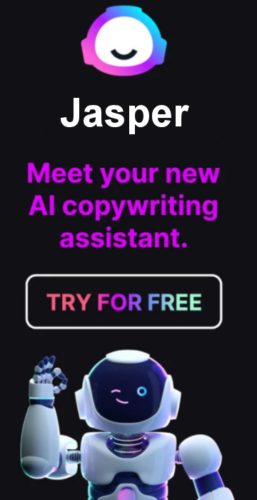Do you know that 9 out of 10 online experiences begin from a search engine? 75% of people don’t visit the second page of search results.
Whenever someone wants a product, service, or information, everyone goes to search engines, or more specifically, Google.
This is why the significance of SEO cannot be ignored—it can help you to acquire a large number of customers.
However, SEO is constantly evolving. What worked a few years can be outdated at the moment and may not work in 2020. Whether you are a beginner or have been working in SEO for some time, consider the common SEO mistakes listed below.
1. Not Optimizing for the Right Keywords
Many marketers run SEO tools, generate reports, and place keywords with 1% density into their content. However, what they fail to consider is whether they are choosing the right keywords. Beginner markets make four mistakes:
- Optimize the content for global keywords when their business operations are limited to a specific country.
- Use generic keywords. These keywords show a large amount of traffic, but they don’t convert because they are not interested in your products/services.
- Incorporate keywords that attract visitors who are only searching for free information.
- Place broad keywords for which all the major brands are competing fiercely.
You really need to control your expectations if you are new to SEO. Attracting traffic with generic keywords is not going to bring much value. A better course of action is to make a list of long-tail keywords—specific keywords that have a lower monthly search volume. It’s not only easy to rank high for these keywords. More importantly, you can bring qualified traffic—people who make a purchase.
For instance, if you are marketing a video conferencing solution, don’t just target “video conferencing” as a keyword. Instead, you can adapt to the latest trends. Due to COVID-19, many businesses have implemented remote work. On Google Trends, you find a lot of activity around “remote tools” or “remote work”. Therefore, optimize your content with keywords like “video conferencing tools for remote work” or “video conferencing solutions for remote work”.
2. Not Knowing How to Manage .htaccess File
Did you switch from a non-IT or non-marketing career and found your true calling as an SEO consultant? If you do, then you might be uncomfortable around the more technical side of SEO, especially all the code.
You can’t excel in this field if you don’t look for errors in the technical SEO. Go through your website resources and find the .htaccess file. It is a configuration file that contains instructions to enable/disable access for the document directories of your website. Managing this file is beneficial because it allows you to:
- Work on caching and increase the loading time of your site.
- Build an in-depth sitemap.
- Create cleaner URLs.
In a nutshell, by modifying the .htaccess file, you can enhance your site’s indexing process and target a higher rank on the search engine result pages (SERPs). However, you need to be careful around the .htaccess file because one line of wrong code can damage your site. For instance, the following three lines of code are enough to paralyze your SEO efforts. They block your website from indexing.
RewriteCond %{HTTP_USER_AGENT} ^Bing.* [OR]
RewriteCond %{HTTP_USER_AGENT} ^.*Google.*
RewriteRule ^/dir/.*$ – [F]
There have been countless cases where similar .htaccess irregularities have led months of SEO hard work go to waste.
Therefore, as soon as you spot this line in your .htaccess file, note that search engines can’t index or crawl your website. For now, you can ask a front-end web developer to fix the code. However, in the long term, it’s better if you learn it by yourself. In this way, you can make yourself more valuable to your brand.
3. Not Optimizing Images
If this is your first day at the job, you should know that we can only use stock images that are licensed. If you have the budget, you can go for a platform like Adobe Shutterstock. There are some free resources as well, such as Pexels, Pxphere, and Unsplash.
Don’t add an image impatiently to publish your blog post. It will drag down the quality of your content. Visual elements make a quick first impression so you need to choose the right image that looks good, and adds value to your content.
If you want to stand out from the crowd, you can take and upload images by yourself. This can make you look more original. There are also free tools like Canva that can help you with graphics. This is especially useful if you don’t have the time to go through Adobe Illustrator and Photoshop’s lengthy tutorials.
After perfecting the art of uploading relevant images, you need to optimize them as well. Many marketers overlook this part because they are unaware of the “alt-text” use. It is an attribute in HTML code that is used to describe the image content. When the image doesn’t load due to certain reasons, HTML shows the description from alt-text to your users. For instance, if an auto repair shop has hired you for article writing services, you might use the following image:
Final Thoughts
SEO mistakes should not be underestimated; they can cause considerable damage to your website and search results. Fixing these mistakes will increase your website’s traffic and make it more reliable so follow these instructions as soon as possible.

About the Author: Dave Brown
Dave is the head of guest post services at Content Development Pros. He handles all the content that goes out with regards to guest blogs and posts. In his free time, he likes playing first person shooters and gardening.
SEO benefits of Guest Blogging: https://youtu.be/Oba7Jb4QNWg



